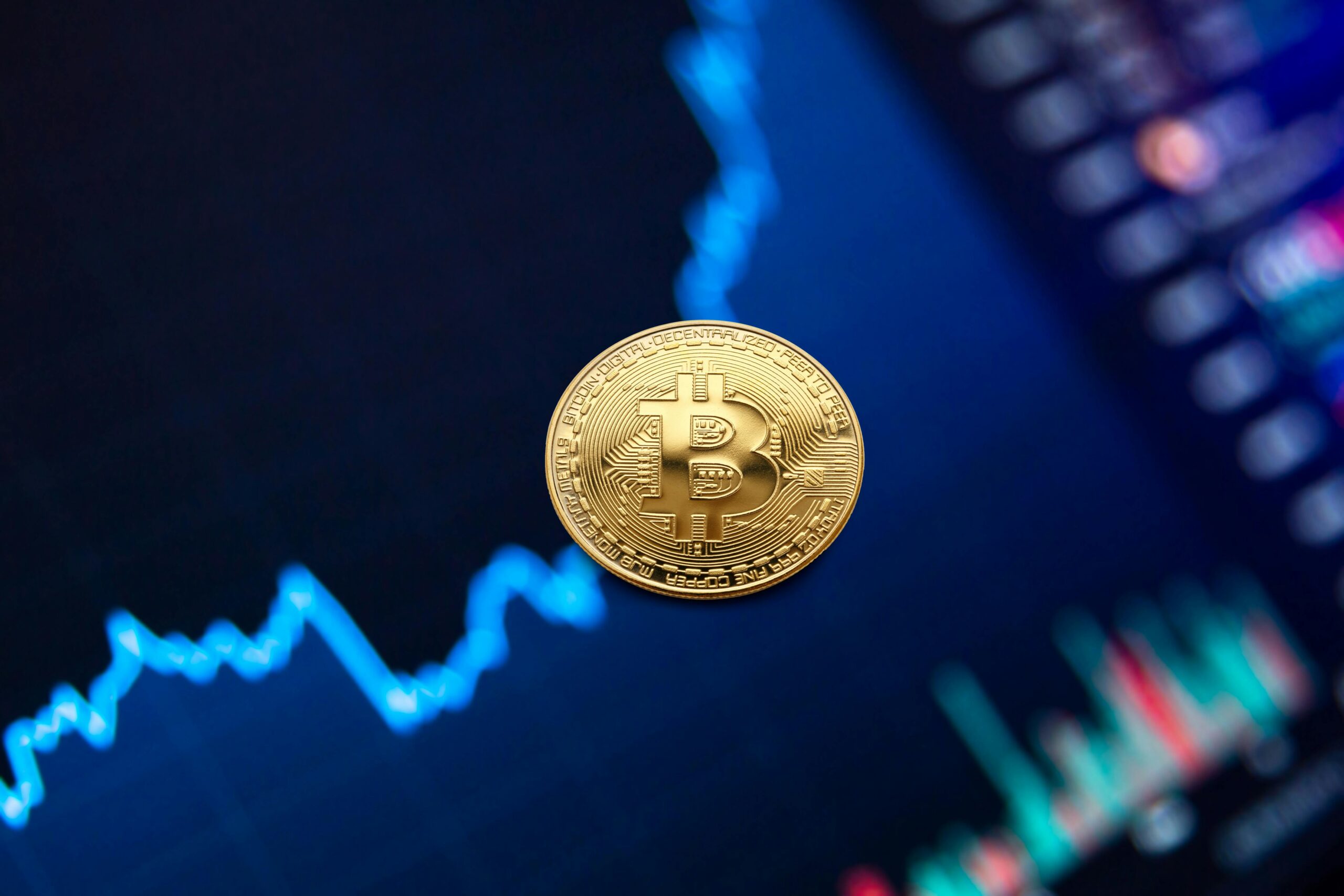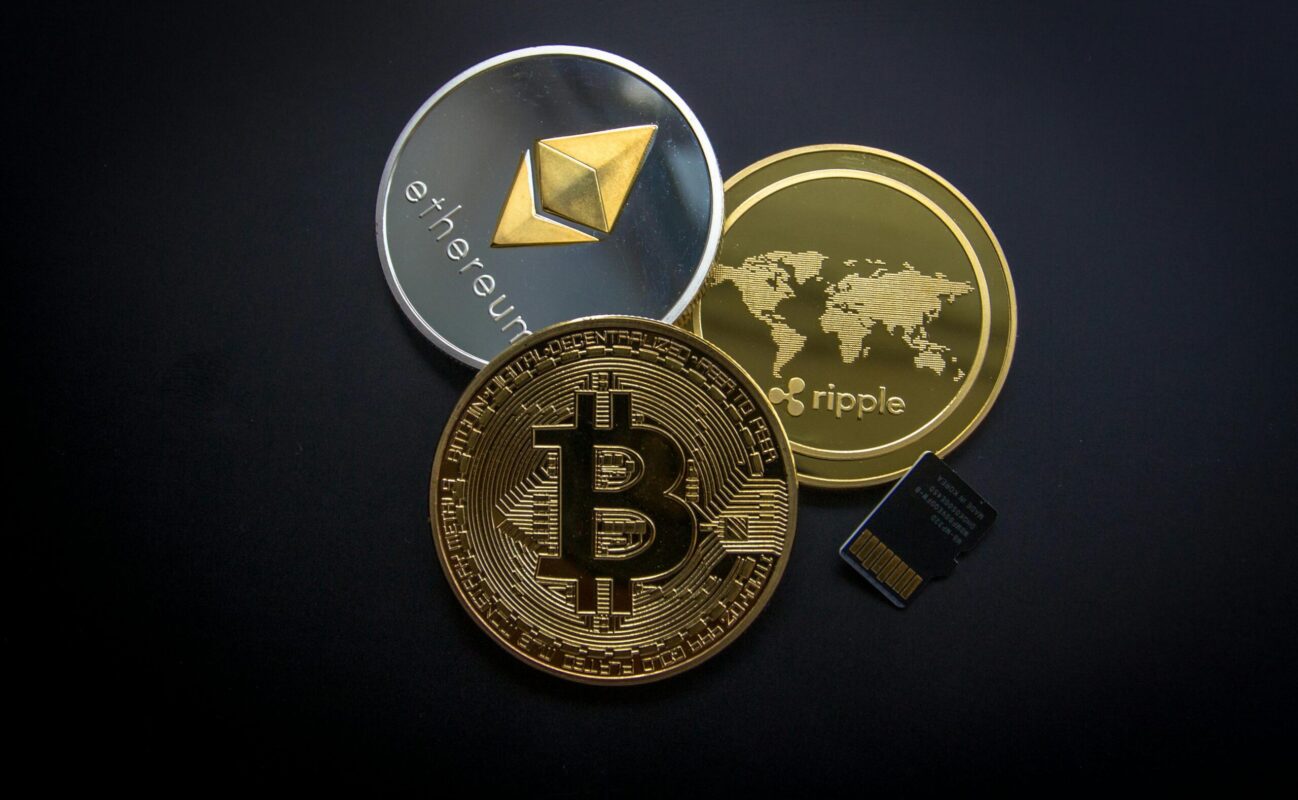The Rise of Decentralized Autonomous Liquidity Pools
Introduction
Alright, let’s dive into the fascinating world of Decentralized Finance, or as the cool kids call it, DeFi. Picture this: a financial ecosystem that’s open to everyone, doesn’t sleep, and is run by smart contracts instead of stuffy bankers. That’s DeFi for you! One of the shining stars in this universe is the concept of liquidity pools. But hold up, we’re not just talking about any liquidity pools. We’re talking about decentralized autonomous liquidity pools. Yep, it’s a mouthful, but trust me, it’s worth knowing about.
What are Decentralized Autonomous Liquidity Pools?
So, what exactly are these decentralized autonomous liquidity pools (DALPs)? In simple terms, they’re pools of cryptocurrency assets that anyone can contribute to. These pools are managed by smart contracts, making them, well, autonomous. Unlike traditional liquidity pools, which require some level of human intervention and centralized control, DALPs operate independently, based on pre-set rules coded into smart contracts. It’s like having a self-driving car but for your crypto assets!

The Evolution of Liquidity Pools
Early Stages of Liquidity Pools
Back in the day, liquidity pools were pretty straightforward. You’d have a bunch of folks contributing their assets to a pool, and these assets would then be used to facilitate trading on decentralized exchanges (DEXs). It was a nifty way to ensure there was always enough liquidity for trades, without relying on traditional market makers.
The Emergence of Decentralized Autonomous Models
Fast forward to today, and we’ve got these super sophisticated DALPs. The shift from manual management to automated smart contracts has been a game-changer. No more middlemen, no more delays—just seamless, autonomous operations that run 24/7.
How Decentralized Autonomous Liquidity Pools Work
Smart Contracts and Automation
At the heart of DALPs are smart contracts. Think of these as digital agreements that execute themselves when certain conditions are met. They’re like the ultimate rule enforcers, ensuring everything runs smoothly without any human input. Once you contribute your assets to a DALP, the smart contract takes over, managing everything from asset allocation to fee distribution.
The Role of Liquidity Providers
Now, you might be wondering, what’s in it for the folks contributing their assets? Good question! Liquidity providers earn rewards in the form of transaction fees and sometimes additional tokens. It’s a win-win: traders get the liquidity they need, and providers get rewarded for their contributions.
Benefits of Decentralized Autonomous Liquidity Pools
Increased Efficiency and Reduced Costs
One of the biggest perks of DALPs is efficiency. With no human intervention needed, transactions are faster and cheaper. Plus, smart contracts eliminate the need for middlemen, cutting down on costs even further.
Enhanced Security and Trust
Security is another major plus. Since DALPs operate on blockchain technology, all transactions are transparent and immutable. This builds trust among participants, as they can verify every single transaction on the blockchain.
Challenges and Risks
Technical Complexities
Of course, it’s not all sunshine and rainbows. DALPs come with their own set of challenges. The technology behind them is complex, and setting up a smart contract requires a deep understanding of both coding and finance.
Regulatory Concerns
Then there’s the regulatory landscape. As with all things crypto, regulators are still playing catch-up. There’s a lot of uncertainty around how these pools will be regulated in the future, which can be a bit of a headache for investors.
Key Players in the Market
Uniswap
Let’s talk about the big names in the game. Uniswap is probably the most well-known DALP out there. It pioneered the automated market maker (AMM) model, which is now the backbone of many other platforms.
SushiSwap
Then there’s SushiSwap, which started as a Uniswap clone but has since carved out its own niche. It offers additional features like yield farming and staking, making it a popular choice among DeFi enthusiasts.
Balancer
Last but not least, we have Balancer. This platform allows for multi-token pools, offering more flexibility than traditional two-token pools. It’s a bit like having a customizable buffet of crypto assets!

Case Studies
Successful Implementations
Let’s look at some real-world examples. Uniswap’s growth has been nothing short of explosive. From its humble beginnings, it now handles billions in trading volume daily. This success has paved the way for other DALPs to flourish.
Lessons Learned
What can we learn from these success stories? First, the importance of community. Both Uniswap and SushiSwap have strong, active communities that contribute to their development. Second, innovation is key. Constantly improving and adding new features keeps users engaged and attracts new ones.
The Impact on Traditional Finance
Disruption of Conventional Financial Systems
DALPs are shaking up traditional finance. By offering a more efficient, cost-effective way to trade assets, they’re challenging the status quo. Banks and other financial institutions are starting to take notice—and not always in a good way.
Opportunities for Integration
But it’s not all doom and gloom for traditional finance. There’s also potential for integration. Some forward-thinking banks are exploring ways to incorporate DeFi technologies into their own systems, potentially leading to a more hybrid financial ecosystem.
Future Prospects
Technological Advancements
Looking ahead, the future of DALPs is bright. Technological advancements are making these pools even more efficient and secure. Innovations like layer 2 scaling solutions are helping to reduce transaction costs and increase speed.
Potential Market Growth
The market for DALPs is also poised for growth. As more people become aware of the benefits and more platforms emerge, we can expect to see increased adoption and investment in this space.
How to Get Started with Decentralized Autonomous Liquidity Pools
Choosing the Right Platform
Interested in diving into the world of DALPs? First things first: choose the right platform. Look for one with a solid reputation, strong security measures, and a vibrant community.
Best Practices for Investors
As an investor, it’s crucial to do your homework. Understand the risks involved, diversify your assets, and keep an eye on regulatory developments. And always remember: never invest more than you can afford to lose.
Community and Governance
The Role of DAOs (Decentralized Autonomous Organizations)
Many DALPs are governed by DAOs. These are organizations run entirely by their members, with decisions made through a voting process. It’s democracy at its finest, folks!
Voting and Decision-Making Processes
In a DAO, every member has a say. Proposals are put forward, and members vote on them. It’s a transparent, inclusive way to manage the platform and ensure everyone’s interests are represented.
Real-World Applications
Beyond Trading: Innovative Uses
DALPs aren’t just for trading. They’re being used in all sorts of innovative ways, from lending and borrowing to insurance and even gaming. The possibilities are endless!
Case Examples
Take Aave, for example. This platform uses liquidity pools to offer decentralized lending and borrowing services. Users can deposit their assets into a pool and earn interest, or borrow from the pool at competitive rates.
Myths and Misconceptions
Common Misunderstandings
There’s a lot of misinformation out there about DALPs. Some folks think they’re too risky or only for tech-savvy investors. But the truth is, with the right knowledge and precautions, anyone can participate.
Clarifying the Facts
Let’s set the record straight. Yes, there are risks, but they can be managed. And no, you don’t need to be a tech genius to get involved. With user-friendly platforms and plenty of resources available, getting started is easier than ever.
Conclusion
So there you have it: the rise of decentralized autonomous liquidity pools. From their humble beginnings to their current status as a major force in the DeFi world, DALPs are revolutionizing the way we trade and manage assets. Whether you’re a seasoned investor or a curious newbie, there’s never been a better time to explore this exciting frontier.

FAQs
1. What are the main advantages of decentralized autonomous liquidity pools?
The main advantages include increased efficiency, reduced costs, enhanced security, and the ability for anyone to participate as a liquidity provider.
2. Are there any risks associated with decentralized liquidity pools?
Yes, risks include technical complexities, potential regulatory changes, and the inherent volatility of cryptocurrency markets.
3. How can I participate in a decentralized autonomous liquidity pool?
You can participate by choosing a reputable platform, contributing your assets to a pool, and following best practices for security and diversification.
4. What is the future outlook for decentralized liquidity pools?
The future looks promising, with technological advancements and growing market adoption expected to drive significant growth.
5. How do decentralized autonomous liquidity pools impact traditional finance?
They are disrupting traditional financial systems by offering more efficient, cost-effective alternatives, while also presenting opportunities for integration and hybrid models.


